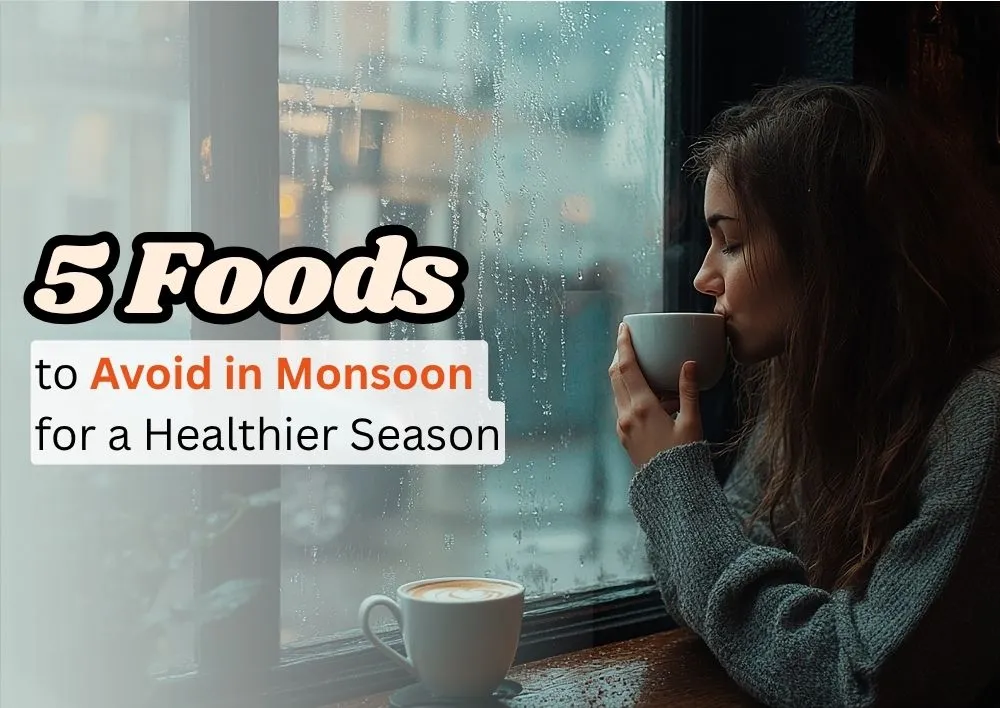Laparoscopic Myomectomy: Types, symptoms & Recovery Tips
Laparoscopic myomectomy is a minimally invasive surgical procedure used to remove uterine fibroids, also known as leiomyomas or myomas. These benign tumors can grow inside the uterus, on its outer surface, or attached to the uterus by a stem. If you are suffering from uterine fibroids issues, you can search for a best gynaecologist in gurgaon for myomectomy surgery. While fibroids are usually harmless, they can cause a variety of symptoms, such as heavy menstrual bleeding, pelvic pain, and pressure on the bladder or rectum. In some cases, fibroids can also affect a woman’s fertility.
What Happens During the Procedure?
During a laparoscopic myomectomy surgery, a surgeon makes several small incisions in the abdomen and inserts a laparoscope, a thin tube with a light and a camera, to visualize the uterus and the fibroids. The fibroids are then removed using surgical instruments, such as scissors, forceps, or electrocautery. The laparoscope allows the surgeon to see inside the abdomen and perform the surgery with precision and minimal damage to the surrounding tissue.
Types –
There are several types of laparoscopic myomectomy, each with its own benefits and drawbacks. These include laparoscopic-assisted myomectomy, laparoscopic myomectomy with uterine artery ligation, and laparoscopic supracervical myomectomy.
1. Laparoscopic-Assisted Myomectomy: This technique combines laparoscopy with a small incision in the uterus, also known as a mini-laparotomy. The laparoscope is used to visualize the fibroids and the uterus, and the incision in the uterus allows the surgeon to remove the fibroids through a larger opening. This technique is useful for removing large or deeply embedded fibroids that cannot be reached through the laparoscope alone.
2. Laparoscopic Myomectomy with Uterine Artery Ligation: This technique involves not only removing the fibroids but also cutting or tying the blood supply to the uterus, known as the uterine artery. This is done to reduce the risk of bleeding during and after the surgery and to prevent the fibroids from growing back. This technique is commonly used for large or multiple fibroids that are likely to cause heavy bleeding or other complications.
3. Laparoscopic Supracervical Myomectomy: This technique involves removing the fibroids through the laparoscope, but leaving the upper part of the uterus, known as the cervix, intact. This preserves the natural function and shape of the uterus and allows the patient to retain her fertility and the potential for future pregnancies. This technique is commonly used for small or superficial fibroids that do not affect the cervix or the uterus as a whole.
Who is a Good Candidate?
There are several symptoms that may indicate the need for a laparoscopic fibroid removal. The most common symptom of uterine fibroids is heavy menstrual bleeding, also known as menorrhagia. This can cause anemia, fatigue, and a feeling of discomfort or pressure in the pelvic area. Other symptoms of fibroids can include pelvic pain, pressure on the bladder or rectum, and infertility.
Preparing for the Surgery:
Preparing for fibroid surgery involves several important steps to ensure a smooth and successful procedure.
1. Schedule a consultation with your gynecologist or surgeon to discuss the details of the surgery, including the specific procedure, potential risks, and expected outcomes.
2. Your doctor may order preoperative tests and evaluations to assess your overall health and ensure you are fit for surgery. These may include blood tests, imaging studies, and an assessment of your heart and lung function.
3. Provide your gynaecologist in Gurgaon with a comprehensive list of all medications, and supplements you are currently taking. They will advise you on whether to continue or adjust any medications before laparoscopy for fibroids.
4. Follow any specific instructions provided by your doctor. This may include dietary modifications, restrictions on alcohol or smoking, or recommendations for maintaining a healthy weight.
5. Your gynae will provide you with specific instructions regarding when to stop eating and drinking before the surgery, what to wear, and when to arrive at the hospital or surgical center.
It’s important to note that the exact preparation process may vary based on the specific surgical approach, your individual health needs, and the recommendations of a best gynaecologist near you. Follow their instructions closely and reach out to them if you have any questions or need further clarification.
Recovery:
The recovery process for uterine fibroid laparoscopic surgery varies depending on the type of surgery, the size and number of fibroids, and the overall health and age of the patient. In general, laparoscopy for fibroids is a safe and effective surgery with a relatively short recovery time.
After the surgery, the patient will be monitored in the gynecologist hospital for a few hours or overnight, depending on the severity of the case and the preference of the surgeon. The patient will be given pain medication to control any discomfort or pain. The patient will also be advised to avoid heavy lifting, strenuous exercise, or sexual activity for at least 4-6 weeks, to allow the uterus and the incisions to heal properly.
The patient can usually go home the day after the surgery or the next morning, depending on the preference of the surgeon and the condition of the patient.
In conclusion, laparoscopic myomectomy is a minimally invasive surgical procedure used to remove uterine fibroids. It has several advantages over traditional open surgery, such as less invasiveness, less scarring and pain, and a faster recovery time.














Was the information useful?
0 0